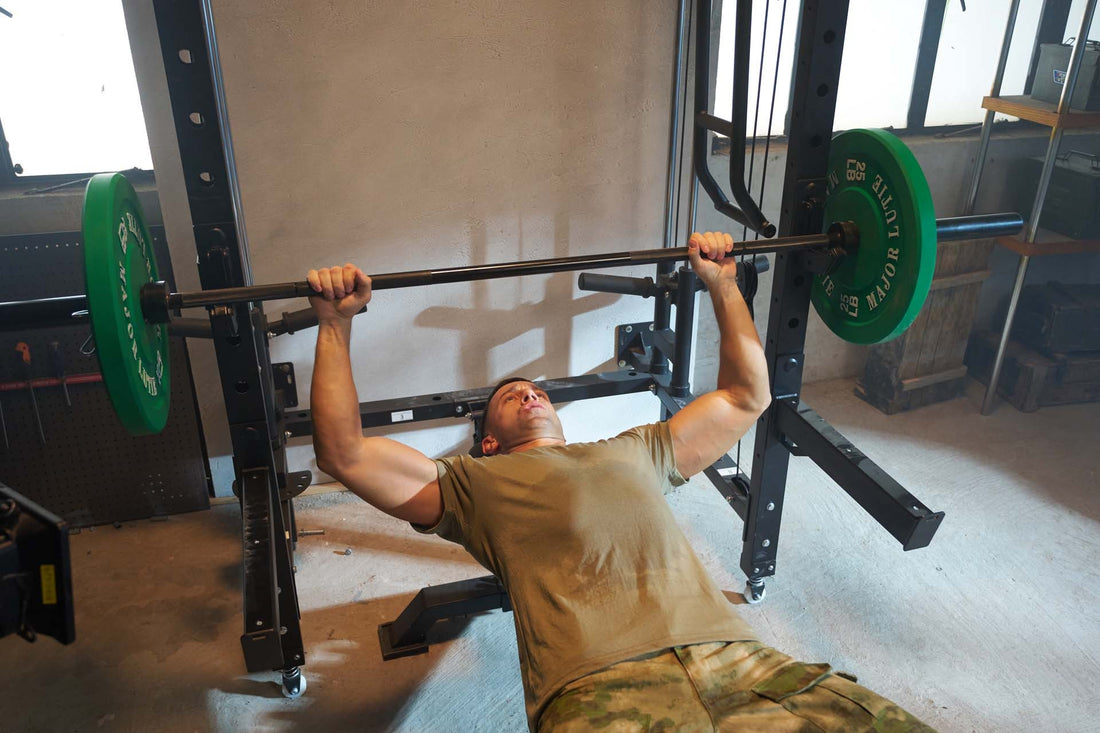
Bench press is one of the most foundational and effective exercises for building upper body strength. However, a frequent question among both beginners and seasoned lifters is: where should the bar touch on bench press? This seemingly simple question carries profound implications for your lifting technique, performance, and even injury prevention. In this comprehensive guide, we'll dive into the science, tips, and variations to help you optimize your bench press game.
The Importance of Correct Bar Placement
Understanding where the bar should touch during bench press is critical for several reasons:
- Efficiency: Proper bar placement ensures that you are utilizing your muscles in the most efficient manner.
- Safety: Incorrect bar placement can lead to shoulder, wrist, or lower back injuries.
- Performance: Optimal bar placement can help maximize your lifting potential, allowing you to lift heavier and progress more quickly.
General Guidelines for Bar Placement
Generally speaking, the bar should touch somewhere around the mid to lower chest area. This typically means the bar will make contact anywhere between the nipples and the sternum. But let's break it down further:
- For Beginners: Aim for the mid-chest to lower chest area. This range usually offers a good balance of muscle engagement and safety.
- For Powerlifters: Touching the bar around the lower chest or even the top of the sternum is often preferred. This technique reduces range of motion, allowing for heavier lifts.
- For Bodybuilders: Mid-chest placement allows for better muscle engagement and growth, especially in the pectorals and triceps.
How to Find Your Optimal Bar Placement
Finding your optimal bar placement will require some trial and error. Here are some steps to guide you:
- Warm-Up: Always start with a proper warm-up to get your muscles ready.
- Use a Light Weight: Begin with an empty bar or light weights. This helps you focus on form without worrying about the load.
- Experiment: Try different bar placements (mid-chest, lower chest, top of sternum) and observe which feels the most comfortable.
- Get Feedback: Ask a trainer or experienced lifter to watch your form and provide tips.
Remember, the ideal bar placement can vary based on individual anatomy and goals. Don't hesitate to make adjustments as you gain experience and strength.
Common Mistakes to Avoid
Here are some common mistakes lifters make when it comes to bar placement during bench press:
- Too High on the Chest: Touching the bar too high (near the collarbone) can strain the shoulders and lead to injury.
- Too Low on the Chest: Touching the bar too low (below the sternum) can put undue stress on the wrists and lower back.
- Bouncing the Bar: Allowing the bar to bounce off your chest reduces muscle engagement and increases injury risk.

The Role of Grip Width
Grip width can also affect where the bar touches on your chest. A narrow grip will generally result in the bar touching lower on the chest, while a wider grip will place it higher. Here's how to determine your ideal grip width:
- Narrow Grip: More tricep engagement but potentially more shoulder strain. Ideal for emphasizing the triceps.
- Wide Grip: More pectoral engagement but can strain the shoulders if not done correctly. Ideal for targeting the chest muscles.
Advanced Tips for Enthusiasts
Once you are comfortable with the basics, consider these advanced tips to further refine your bench press technique:
- Pause Bench Press: Include a short pause when the bar touches your chest. This technique enhances muscle engagement and control.
- Board Presses: Use a wooden board on your chest to limit the range of motion and focus on the top portion of the lift.
- Incline/Decline Variations: Changing the bench angle can target different parts of the chest and support overall development.
Mastering your bar placement on the bench press can make a substantial difference in your lifting journey. Whether you're aiming for strength, aesthetics, or endurance, the right technique will serve as the cornerstone of your training regimen. By adhering to these guidelines and continually refining your approach, you'll be well on your way to achieving remarkable progress.
Elevate your bench press game by perfecting the art of bar placement. This essential aspect of lifting is often overlooked but is critically important for unlocking your true potential. Commit to continuous improvement and watch as your performance soars to new heights. Happy lifting!




















